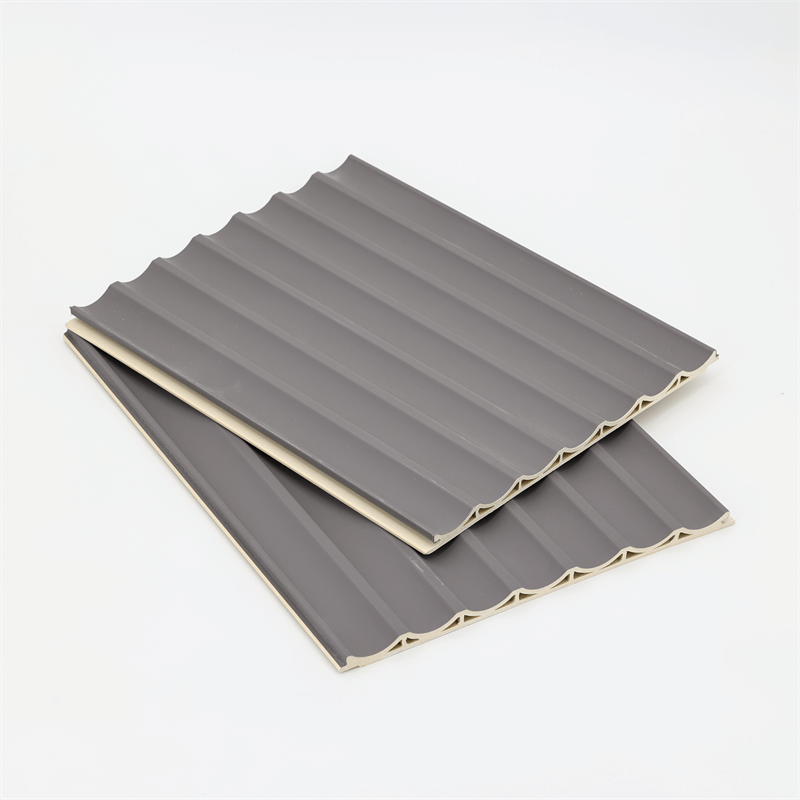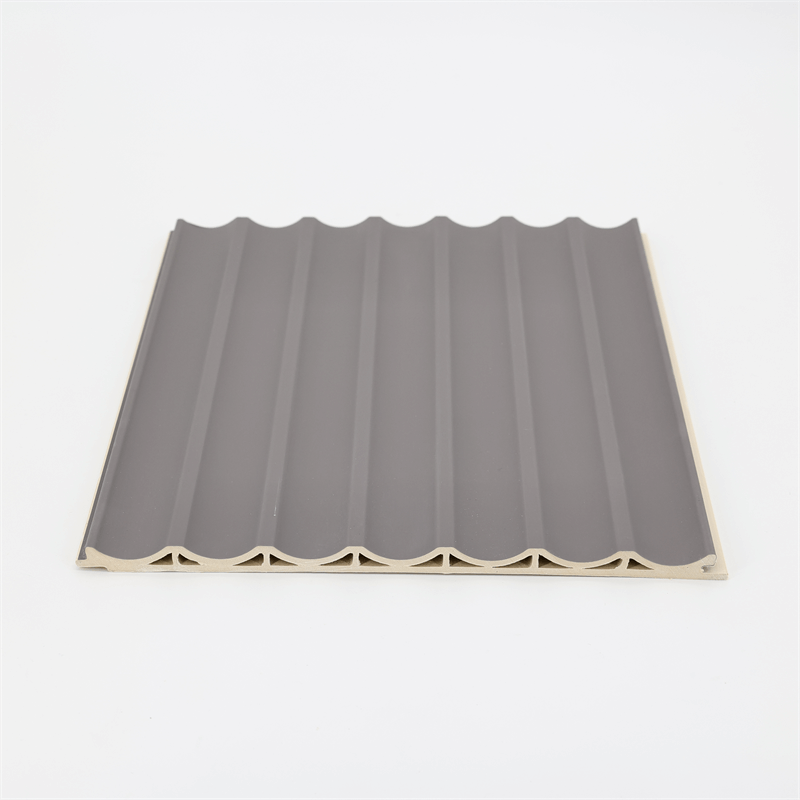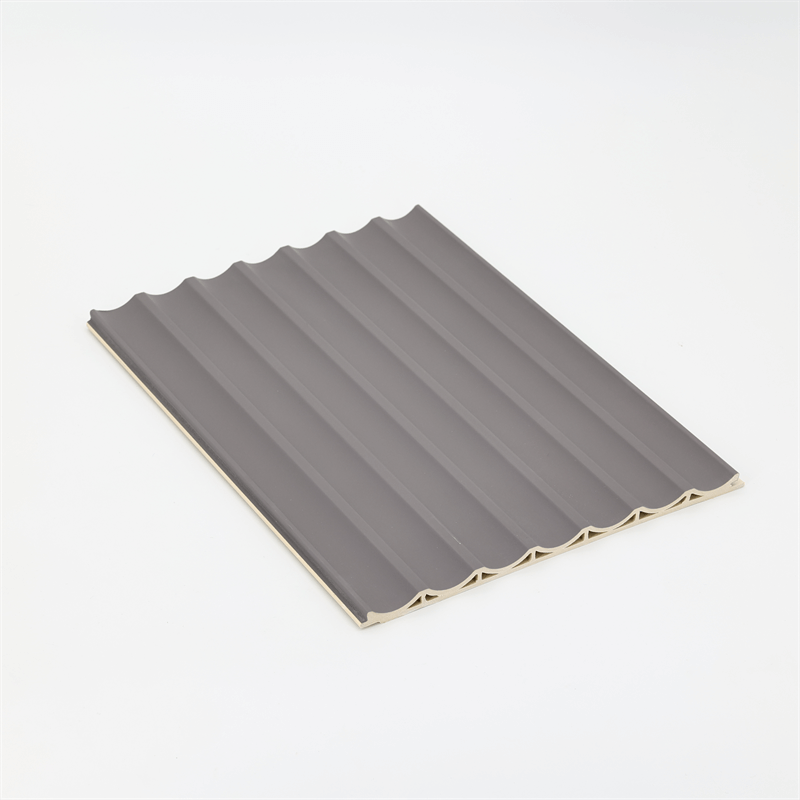Moisture damage is a common concern in building construction, especially in areas prone to high humidity or moisture exposure.
Wood-Plastic Composite (WPC) wall panels offer a viable solution for moisture resistance, providing a durable and low-maintenance option for moisture-prone environments.
This essay explores the various ways in which WPC wall panels resist moisture, focusing on their composition, protective barriers, resistance to water absorption, and prevention of mold and mildew growth.

I. Composition and Structure of WPC Wall Panels:
A. Wood Fibers and Plastic Polymers: The combination of wood fibers and plastic polymers in WPC wall panels creates a composite material that is highly resistant to moisture.
The plastic component acts as a protective barrier, preventing water penetration and inhibiting moisture-related damage.
The wood fibers provide additional strength and stability to the panels, reducing the risk of warping or swelling when exposed to moisture.
B. Structural Integrity: WPC wall panels are engineered to have a solid and uniform structure, enhancing their resistance to moisture.
Unlike traditional wood panels, WPC panels do not have natural defects such as knots or cracks that can facilitate water penetration.
The homogeneous composition of WPC panels ensures consistent moisture resistance throughout the entire surface, making them an ideal choice for moisture-prone areas.
II. Protective Barriers and Water Resistance:
A. Surface Coatings and Sealants: To enhance moisture resistance, manufacturers often apply surface coatings or sealants to WPC wall panels.
These protective layers create an additional barrier against water penetration, preventing moisture-related damage.
The coatings also help to preserve the aesthetic appeal of the panels and facilitate easier cleaning and maintenance.
B. Water Repellent Additives: During the manufacturing process, water repellent additives can be incorporated into the WPC panels.
These additives further enhance the water resistance of the panels by reducing their ability to absorb water.
As a result, WPC wall panels are less susceptible to swelling, warping, or rotting when exposed to moisture, making them suitable for high-humidity environments.

III. Resistance to Water Absorption:
A. Low Water Absorption Rate: One of the key advantages of WPC wall panels is their low water absorption rate.
Compared to traditional wood panels, WPC panels have significantly reduced water absorption properties.
This characteristic makes them highly resistant to water-related damage such as swelling, decay, or deterioration.
The low water absorption rate also helps to maintain the dimensional stability and structural integrity of the panels over time.
B. Moisture Vapor Transmission: In addition to resisting direct water absorption, WPC wall panels also exhibit resistance to moisture vapor transmission.
This property prevents the migration of moisture through the panels, reducing the risk of condensation and the associated problems of mold and mildew growth.
By inhibiting moisture vapor transmission, WPC panels contribute to a healthier indoor environment and minimize the need for additional moisture control measures.
IV. Prevention of Mold and Mildew Growth:
A. Inherent Resistance: The composition of WPC wall panels, combined with their moisture resistance properties, naturally inhibits the growth of mold and mildew.
Unlike organic materials such as wood, WPC panels do not provide a suitable environment for mold and mildew to thrive.
The absence of moisture absorption and the reduced likelihood of condensation make WPC panels an excellent choice for areas prone to mold and mildew growth.
B. Easy Maintenance and Cleaning: WPC wall panels are known for their low-maintenance characteristics, which contribute to the prevention of mold and mildew growth.
The smooth and non-porous surface of the panels makes it difficult for mold spores to attach and grow.
Additionally, regular cleaning using mild detergent and water can effectively remove any potential mold or mildew buildup, ensuring a clean and hygienic environment.

Wood-Plastic Composite (WPC) wall panels offer a reliable solution for moisture resistance in building construction.
Through their composition, protective barriers, resistance to water absorption, and prevention of mold and mildew growth, WPC panels provide a durable and low-maintenance option for moisture-prone environments.
The combination of wood fibers and plastic polymers, along with surface coatings and sealants, create a robust barrier against water penetration.
The low water absorption rate and resistance to moisture vapor transmission ensure the dimensional stability and structural integrity of the panels.
Additionally, the inherent resistance to mold and mildew growth, coupled with easy maintenance and cleaning, make WPC wall panels an ideal choice for areas where moisture control is crucial.
By choosing WPC wall panels, architects, builders, and homeowners can address moisture-related concerns effectively while enjoying the aesthetic appeal and durability of these panels.
The moisture resistance properties of WPC panels contribute to the longevity and performance of buildings, ensuring a safe and healthy indoor environment.
In an era where moisture damage is a significant concern, WPC wall panels stand as a reliable solution that combines functionality, sustainability, and aesthetic appeal.